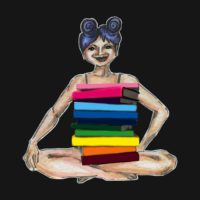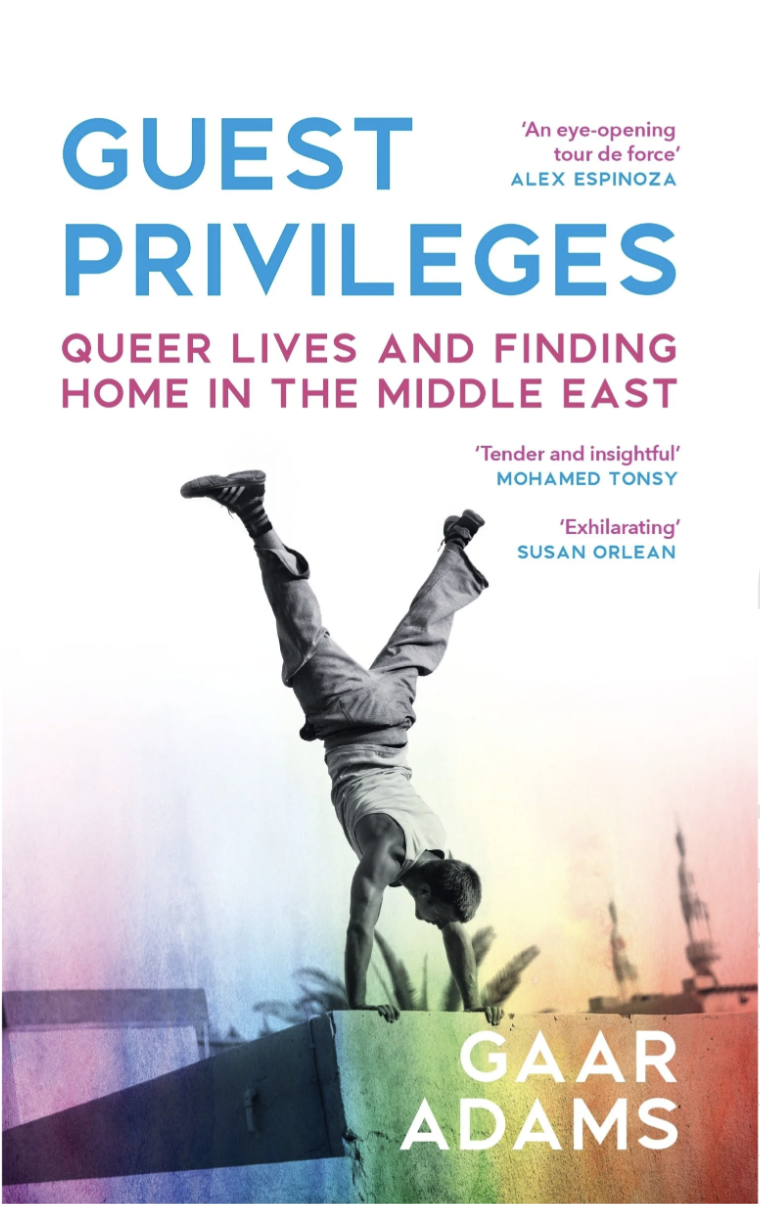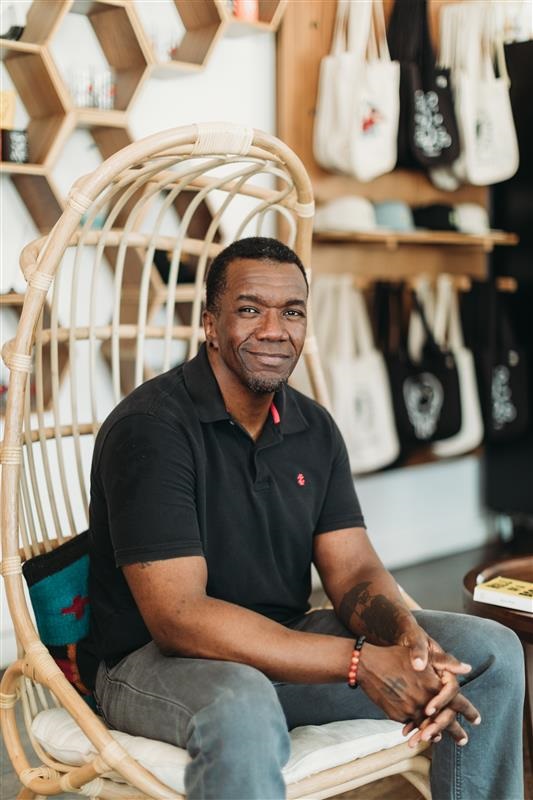The Queer Syllabus is a joint project from The Rumpus and Foglifter Press that allows writers to nominate works for a new canon of queer literature. When we identify our roots, when we point to the work that shaped us as writers and as people, we demonstrate that our stories are timeless, essential, and important—and so are we. New entries will run on Thursday, September through December, and then will be collected as a living document on the Foglifter website. The Queer Syllabus is edited by Wesley O. Cohen and Marisa Siegel.
***
When I was thirteen or fourteen, living on the side of a little mountain in West Virginia, we didn’t have cable, but I would always turn on the TV at nighttime to drown out the sound of the thirty dogs barking next door at the breeder’s if a twig snapped at 3 a.m. But one night, a channel I didn’t normally have access to wavered through the particolored static, as would sometimes happen, and I saw a tall, lithe, Adonis-looking man in purple eye shadow, platinum-blond hair, and a skin-tight metallic body suit, singing. His name was Brian Slade, and he was beautiful.
I’d arrived to the movie in the middle; director Todd Haynes’s 1998 film Velvet Goldmine actually opens to a black sky pricked with stars and the hovering message: “Although what you are about to see is a work of fiction, it should nevertheless be played at maximum volume.”
The director’s approach is indeed maximalist: we then see an image of a young Oscar Wilde in 1854 London, finding a smoky-green pendant, and fast-forward to an adult figure, years later, wearing the same green pin. The film, having invoked a flaneur queer icon early on, jump-cuts to a young boy, a century later, half-shod in darkness, dabbing a line of blood on his upper lip. He is discovering his body, and in an accelerated bildungsroman, he smears the blood over both lips with his index finger and looks at himself in the mirror, ghoulishly striking a pose in his fresh lipstick.
Velvet Goldmine, itself the title of a David Bowie song, follows the lives of Brian Slade (Jonathan Rhys Meyers), a queer glam rock idol based on Bowie and Marc Bolan, and his eventual lover, Curt Wild (Ewan McGregor)—the same little boy—whose biography was inspired by Iggy Pop and Lou Reed. Together, this central relationship privileges queer eros and avoids the easy fatalism of such narratives of the time.
Composed of vignettes, the movie’s nonlinear structure means that you never get bogged down in a single narrative and can instead enjoy the film simply as pure spectacle. The movie is imagistically driven, and the images are of glamour and excess. Nude limbs twine together on bolts of velvet dusted in cocaine. Fire erupts on stage. Two strangers take each other by the necks and kiss passionately in a bathroom. Because queer identity and expression are often deemed “excessive” or “too much” when compared to straight paradigms, Haynes’s maximalist take is refreshing and dazzling. And because he does not shy away from heartbreak, it is not empty idealism, either.
Part of the film is told from the perspective of a young Christian Bale, playing journalist and glam rock fan as well as previous lover of Curt Wild, as he tries to uncover what happened to Brian Slade after his sudden disappearance and faked death. Aside from this view, much of the movie’s structure involves interviews with famous producers and musicians who are Slade’s peers rather than reportage from Slade himself. Added to this are newscasters who claim that bisexuality is becoming contagious because of Slade’s influence, that the sex-and-drugs provocateur in feathers and glitter, smoking cigarettes with dandies on London streets, “inspired the woofters” to express themselves through flamboyant fashion and free love. This continual, disjunct incorporation of multiple voices to describe a single queer character highlights how much queer identity is subject to surveillance and strangers’ backtalk—formed by and passed through the lips of onlookers. Queer individuals are constructed by others’ mistaken subjectivities regarding their identities. The movie’s celebration of sexual fluidity and widely varying gender expression frames these media voices as the aberrant ones, screams their insufficiency, and tells them to leave: “It’s funny how beautiful people look when walking out the door.”
I loved Velvet Goldmine for its escapism; despite its characters’ being based, in large strokes, on real figures in the glam rock scene, it was fantasy to me. Accessing it seemed like a trespass, some rare jewel I glimpsed through static. So much of being a closeted, queer teen in Appalachia involved silence and deference, a commitment to muting self-expression because that expression would be loud. It involved deeming eros and same-sex attraction sinful and self-deprecating oneself so as not to be prideful. Velvet Goldmine’s Brian Slade proclaims, “Nothing makes one so vain as being told one is a sinner,” and Curt Slade—though his parents subjected him to electroshock therapy to “fry the fairy clean out of him”—returns triumphant from that mistreatment to dance pants-less on stage and dowse his chest in oil and glitter. How fabulous a protest. To see male characters enjoying their bodies with each other a
in a pageantry of flesh and sparkle was simultaneously sexy and terrifying. Velvet Goldmine taught me that it was my prerogative to decide what constitutes my own identity and expression, even if that meant I’d always keep getting glitter caught in my beard.
***
Rumpus original logo art by Luna Adler.
***
Foglifter is a queer journal and press showcasing powerful, intersectional writing that fosters queer writers and galvanizes the queer community through literary events and programming.




